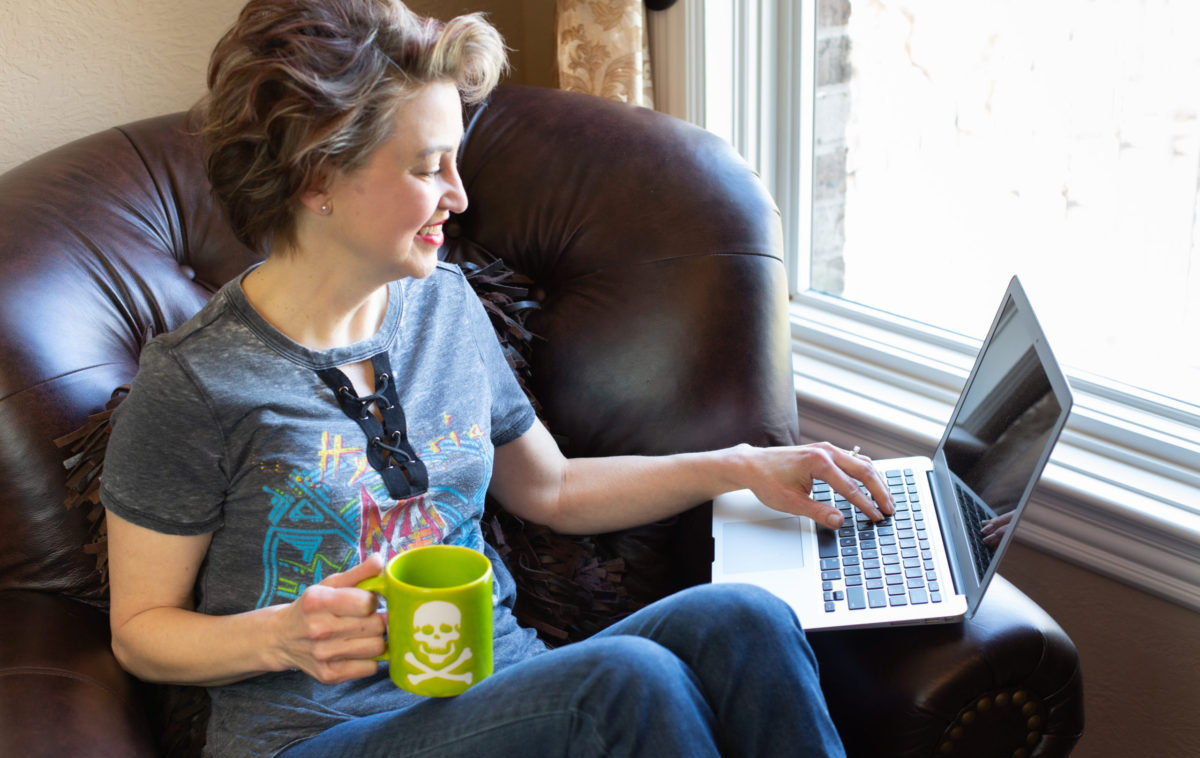
In 2018, Mike Robbins wrote a book called, Bring Your Whole Self to Work: How Vulnerability Unlocks Creativity, Connection, and Performance advocating authenticity in the workplace. If you have about 12 minutes, his TEDxBerkeley Talk is worth watching. Since the concept depends on interpretation, how do you know what bringing your whole self to work looks like at your organization? As an employee, what is your responsibility? Is it really a good idea to bring your whole self to work?
What Does it Look Like?
In 1990, through his research in diverse workplaces, organizational psychologist William Kahn defined employee engagement. He theorized that employees have personas they put on to go to work, like actors portraying characters. The gap between employees’ true selves and their personas depends on how engaged they are with their jobs. For example, when an employee wants purpose from their job, they are crushed when they don’t get the promotion they expected. This can lead to disengagement like complaining about the job or looking for another one. If the employee doesn’t base their identity on their job, they recover from the same setback more quickly. At the most basic level, bringing your whole self to work means revealing what is impacting your life outside of the job and how it is affecting you on the job. It also means respecting coworkers who share that information about themselves with you.
What is Your Responsibility?
At minimum, managers should strive to create an environment where people feel accepted and respected no matter how invested they are in their work personas. Normalizing the fact that what we experience outside the workplace (e.g., family responsibilities, discrimination, COVID-19) affects us on the job produces a more loyal workforce. It takes a great deal of courage to bring your whole self to work. It also takes cooperation, tolerance, and patience. It has to be part of an organization’s culture. It is work in addition to the job you were hired to do. Bringing your whole self to work requires self-awareness and emotional intelligence. As a team member, you have to pay it forward by extending grace to your coworkers. For example, if you gave your best effort to a project and the client still rejected it, do you blame the coworker who was distracted by a sick child? Or do you choose to believe that they gave their best effort too?
Is it a Good Idea?
A workforce enabled to be real is a workforce empowered to show empathy. This is especially useful in relation to customer service. Some things are universal, like the desire to be heard. For example, when a customer has a complaint, they want acknowledgement. When a member of your workforce spends time listening to the customer’s experience, the customer feels more positive toward your business even if their problem isn’t immediately solvable. Now, having said all of the above, it is not lost on me that the rules of bringing your whole self to work are different for people of color. That is a whole ‘nuther conversation, and you can start it here.
How do you define bringing your whole self to work? Please share in the comments.
